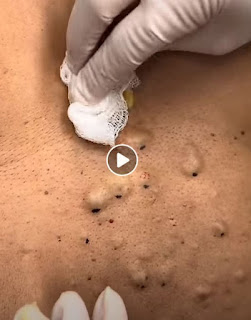
Steatocystomas: What They Are and How to Treat Them
Have you ever noticed small, soft lumps under your skin—especially on your chest, arms, or back? These could be steatocystomas, a lesser-known but fairly common type of skin cyst. While they’re usually harmless, they can be bothersome and sometimes affect confidence.
What Are Steatocystomas?
Steatocystomas are benign (non-cancerous) cysts that develop in the sebaceous (oil) glands. They're typically filled with an oily, yellowish substance called sebum—the same natural oil your skin produces. The condition is known as steatocystoma simplex when a single cyst appears, or steatocystoma multiplex when multiple cysts form.
These cysts are usually:
-
Soft and movable under the skin
-
Skin-colored or slightly yellow
-
Painless (unless inflamed or infected)
-
Common on the chest, upper arms, armpits, neck, or trunk
Who Gets Them?
Steatocystomas can appear in both men and women, usually during adolescence or early adulthood when sebaceous glands are more active. The multiplex form is often inherited, meaning it can run in families due to a genetic mutation.
Are They Dangerous?
Generally, no. Steatocystomas are not dangerous and don’t pose a health risk. However, they can become irritated, grow larger over time, or become infected, which may lead to swelling, redness, or pus.
Treatment Options
If the cysts are small and not causing any problems, treatment might not be necessary. But if they’re uncomfortable or you want them removed for cosmetic reasons, here are some options:
-
Surgical excision – Complete removal by a dermatologist; prevents recurrence.
-
Laser therapy – May be used for multiple small cysts.
-
Drainage – Temporary relief for larger cysts, though they may return.
-
Antibiotics – If the cyst becomes infected or inflamed.
Important: Do not try to squeeze or pop steatocystomas at home, as this can lead to infection or scarring.
Final Thoughts
Steatocystomas might not be as widely known as acne or blackheads, but they’re a real and treatable skin condition. If you're dealing with persistent or bothersome lumps under the skin, consult a dermatologist for an accurate diagnosis and safe treatment plan.





0 Comments